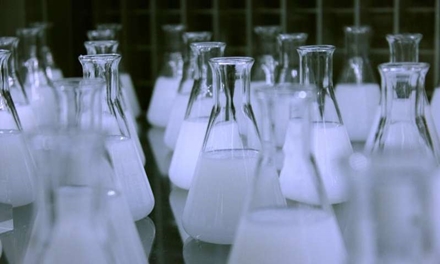|
NOVIDADES
Researchers at The University of Tokyo introduced a new physical model that predicts the dynamics of glassy materials based solely on their local degree of atomic structural order. Using computer simulations, they showed how this theory greatly improves our understanding of how glassy liquids become more viscous on cooling. This work (Nature Communications, "Structural order as a genuine control parameter of dynamics in simple glass formers") has many potential applications in manufacturing, especially for special glass production in labware and electronic touchscreen devices. Glass has been produced by humanity since antiquity. However, the physics that controls the motion of the atoms in glassy materials is incredibly complex and still not completely understood. In contrast with most crystalline solids, in which atoms arrange themselves roughly into large repeating lattices, glasses are made of configurations of atoms that show no long-range ordering.  Credit: CC0 Public Domain
That is, they would have been more stable in a crystalline configuration, but they can't overcome the barrier to get there. Experts often describe the dynamics of the glass as using its "structural relaxation time," which represents how quickly the atoms approach the stable state. Now, scientists at The University of Tokyo used computer simulations to define the "structural order parameter" which depends only on the local configuration of an atom and its immediate neighbors. This value provides a measure of the deviation from the most efficient packing of the surrounding atoms. Based only on the structural order parameter, the researchers were able to predict the structural relaxation time. "Since relaxation is apparently affected by many physical factors, we were pleasantly surprised that we were able to describe it based solely on the structural order," says first author Hua Tong. By performing extensive computer simulations, they were able to confirm the relationship between local ordering and overall dynamics. This is a unique feature of glass that is not usually seen in crystalline solids. "Our research provides a physical framework to understand how the correlation between locations grows in size, such that the dynamics at the atomic level begin to have cooperativity over an extended region," explains senior author Hajime Tanaka. The findings of this project may help design new processes for manufacturing stronger and more durable glass. Institute of Industrial Science, The University of Tokyo. Posted: Dec 06, 2019. |
|||||||||||||||||||||||||